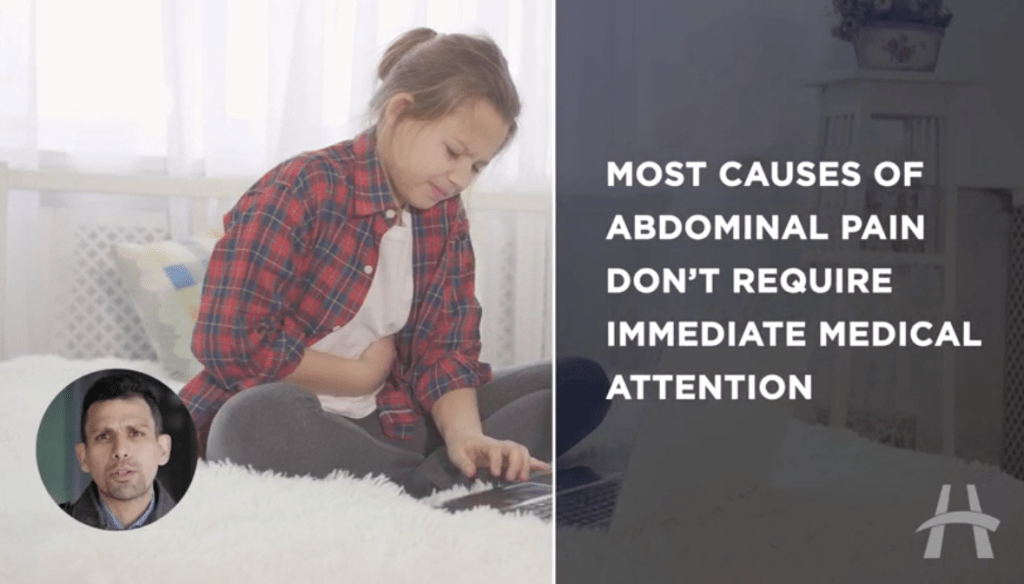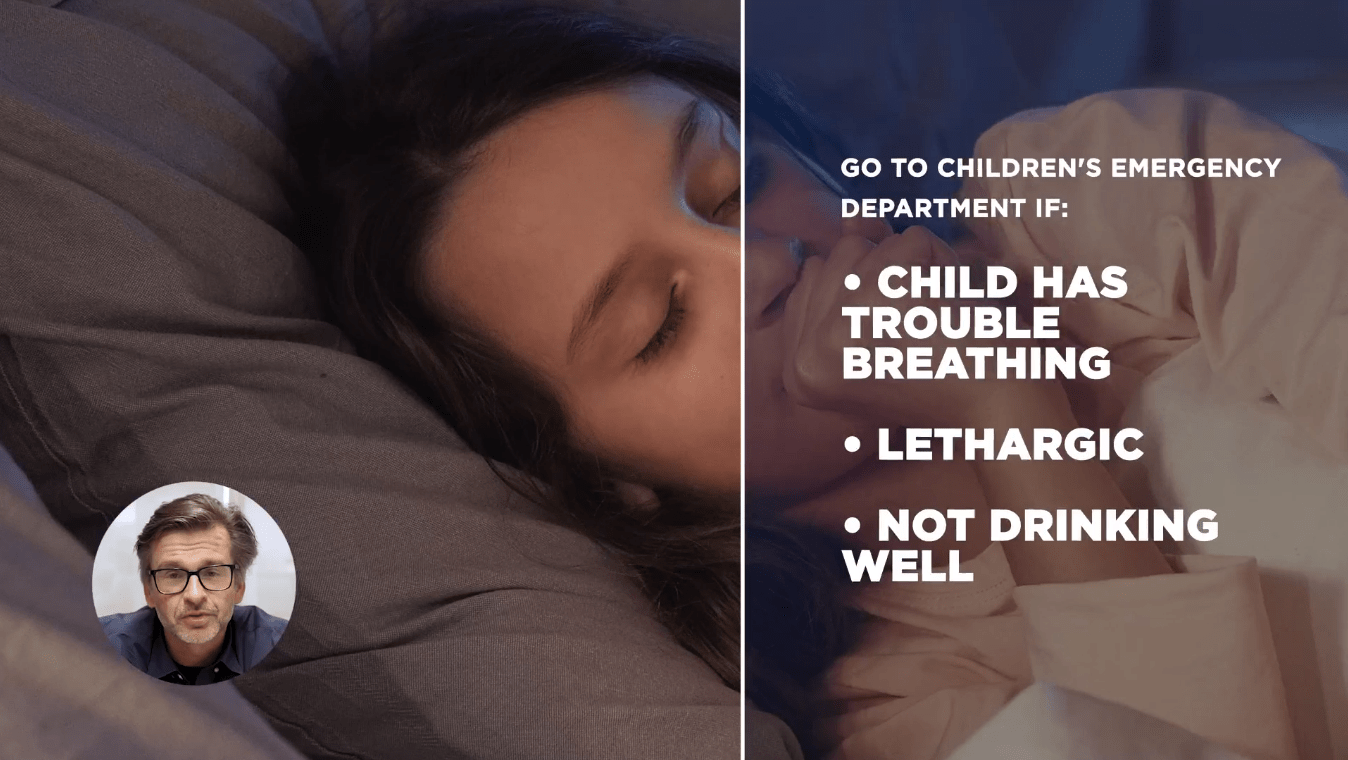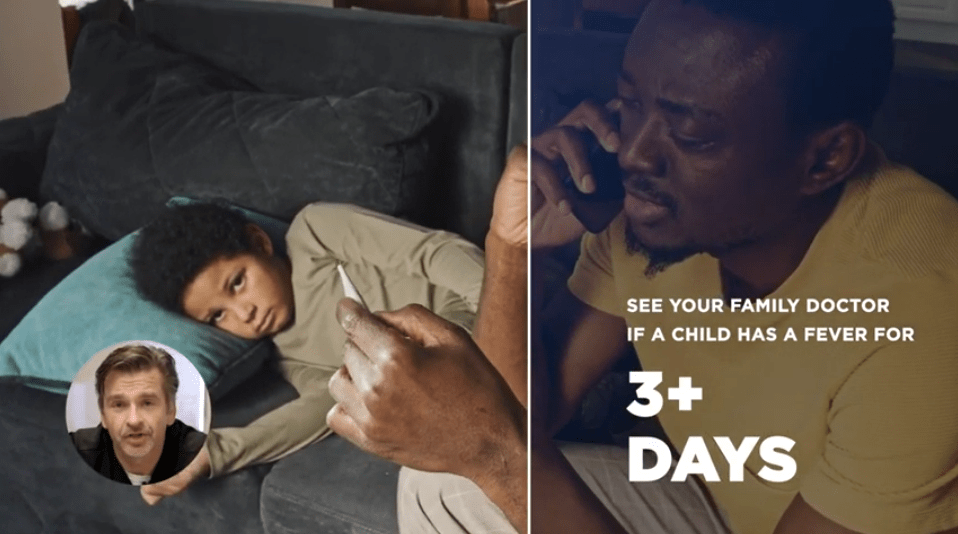
When should a tummy ache cause concerns?
Abdominal pain and tummy aches affect all age groups, but are quite common in children. Most cases of abdominal pain are non-surgical that doesn’t need any treatment. However, there can be some causes of abdominal pain that need to be seen in an emergency department.
Dr. Mohamed Eltorki, pediatric emergency department physician at McMaster Children’s Hospital, shares tips on how to determine different causes of abdominal pain, and when to visit the emergency department.
The gut is our second brain
Our bodies have three main areas with a high number of nerve cells called neurones. The nerve cells make connections to each other and can perceive pain. The brain, the spinal cord, and the gut are all connected to our gastrointestinal system that helps send messages to one another.
“The gut is like a second brain that talks to the brain through nerve signals. If the gut is not happy, the brain is not happy, and vice versa,” says Dr. Eltorki.
Common causes of abdominal pain
Abdominal pain can be a symptom of stomach flu, urinary infections, constipation, chronic inflammation such as inflammatory bowel disease, ovarian cysts and menses, sexually transmitted infections, or abnormal pregnancy.
Occasionally children may get really bad abdominal pain with some other symptoms that may need urgent medical attention. For many children ranging from 8-12 years old, a common cause of abdominal pain can be appendicitis.
“It starts with a belly ache around the belly button that quickly moves to the right lower side of the abdomen,” says Eltorki. “This causes symptoms such as vomiting or feeling sick, loss of appetite, fever, walking hunched over or unable to walk at all. Pain is usually quite bad with movement.”
If you think your child may be showing signs of appendicitis, go to your local emergency department.
When to seek medical attention
Here are some symptoms associated with abdominal pain or tummy aches to watch for in kids:
- Over-the-counter pain medicine provides no relief and the abdominal pain worsens over a day or two
- Abdominal pain that is in the right lower side of the abdomen just above the hip
- Testicular swelling
- Difficulty eating or drinking
- Vomiting when drinking fluids over a 12-24 hour period, or vomiting dark green bile
- Blood is mixed in with loose poop, or bleeding without any poop
- Visible blood in the urine
- Persistent abdominal pain after any trauma or injury to the abdomen
- A pinpoint rash that doesn’t blanch when pressing on it
- Spontaneous bruising without an injury
- Increased thirst and are waking up to pee at night multiple times
- Eating a lot more than normal and losing weight
When it comes to abdominal pain, know the signs and be informed. If you see any of the signs listed above, visit an emergency department immediately.




